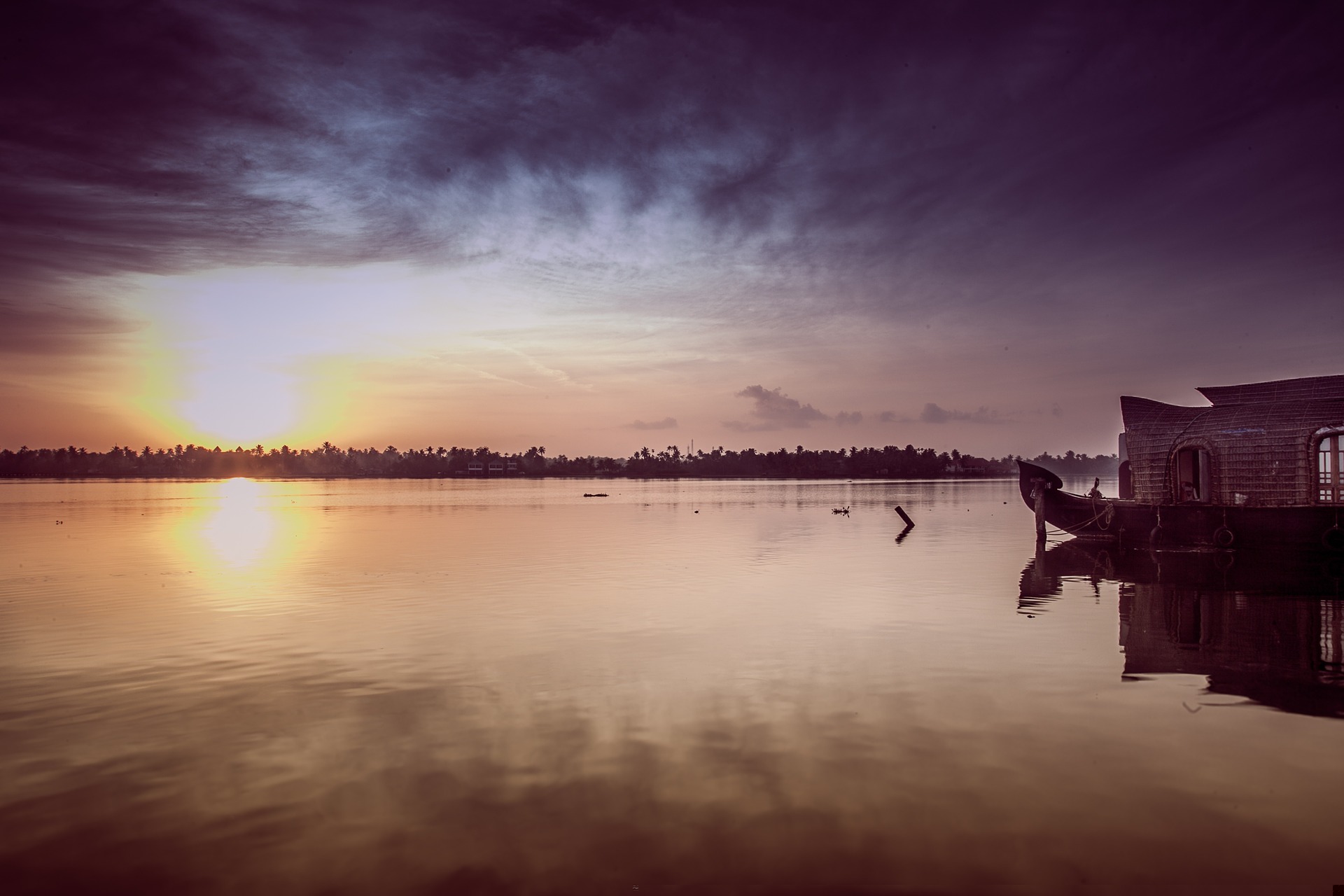11-12 December 2019 — Workshop Outcomes
The workshop brought together lake community action groups with researchers, practitioners and “solution” businesses and enterprises. The workshop aim was to:
- Share and enhance knowledge and understanding of the state of Bengaluru Lakes and rejuvenation goals
- Discuss best practices for the monitoring and governance of the lakes
- Learn about new solutions available for wastewater treatment and lake rejuvenation
After a day of talks and a panel discussion, the second day discussed three topics to identify new innovative and realistic solutions for lake rejuvenation. These three topics were:
- Monitoring and governance solutions
- Wastewater treatment and re-use
- In-lake treatment
Some issues raised at the workshop were reported in The Hindu on 12th December 2019.
Monitoring and Governance Solutions
Issues
Currently there are too many state and municipality agencies involved, insufficient monitoring and a lack of enforcement. The public and lake community action groups have limited access to monitoring data and limited resource for monitoring and management (Figure 1).
Solutions
- ONE coordinated central governance of water is needed, instead of many.
- The MIRA app/portal is being developed to make data and guidance more accessible and provide information to support governance
- Lake context-specific targets, monitoring and governance solutions need to be established in accordance with history of lake and to support the community and ecosystem services provided by each lake
- Develop new citizen approaches to monitoring and exploit new satellite data on lake health
- More awareness campaigns to increase interest in rejuvenation of lakes, particularly with students & children
Wastewater Treatment and Re-use
Outputs from this discussion group were nicely summarised in their poster (Figure 2) covering challenges, available solutions, why technologies fail, and potential new solutions needed in Bengaluru.
In-lake Treatment Solutions
This group recognised that centralised sewage treatment plants are an essential requirement to underpin the successful long-term restoration of most urban lakes in Bengaluru (e.g. at Jakkur Lake). These should ideally incorporate technologies for tertiary treatment for phosphorus recovery and re-use (e.g. struvite-based fertiliser). Apartment-based STPs can also include decentralised approaches to nutrient removal (e.g. constructed wetlands c.f. Rebound Envirotech Ltd.; and innovation in water filtration (e.g. Clean Water Wave’s Café Filter and Wastewater Wizard’s Vermifiltration.
In-stream treatment of inflowing channels (nalas) that bring in untreated wastewater or urban stormwater is also recommended. This can be carried out through screens and aeration in storm-water drains (See Figure 2 and Figure 3: Potential treatment solutions for Jakkur Lake)
In-lake treatment solutions include:
- Mixing and aeration of deep water (e.g. DrydenAqua’s Fine Bubble Air Diffusers) to increase oxygenated fish habitat and reduce internal nutrient release from sediments
- Floating wetlands (e.g. CDD Society, Biomatrix)
- Algae harvesting and resource recovery (e.g. for biogas)
- Water hyacinth harvesting and resource recovery (e.g. for biogas and animal feed)
- Community volunteer collection days to remove solid plastic litter
Complex ownership/governance of water quality was seen as a problem for implementing these solutions, as well as uncertainty on which were the best and sustainable solution(s) to implement. Options to overcome these barriers include:
- More coordination of lake festival days to raise profile in the city
- The MIRA app and Citizen Lake Dashboard which helps the public interpret water quality data for decision-making on possible solutions and suppliers.
- Biome Environmental Trust booklets and posters are very informative. They welcome offers to review and develop existing resources
- Showcase demonstrations of effective solutions
- Revising local planning policy to ensure building development approval is only granted if water quality mitigation is carried out (for example in UK at Loch Leven: 125% P-reduction planning policy)
- Sourcing funding for implementing treatment through CSR funding (e.g. CDD Society rejuvenation work at Mahadevapura Lake) or developing social enterprise models (c.f. Clean Water Wave).
